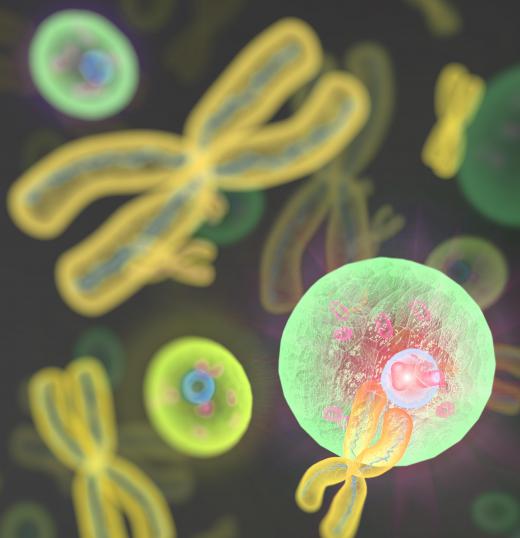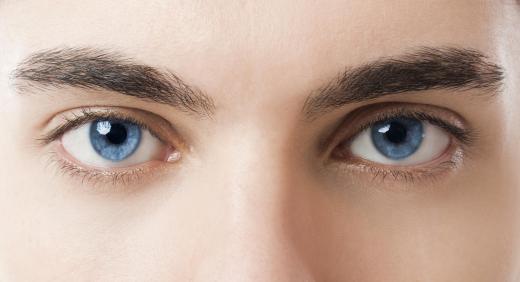What is Incomplete Dominance?
Incomplete dominance, or blending inheritance, is a term used in genetics when two different alleles in a single gene both show dominance in a resulting phenotype, which is an observable trait or characteristic. It is not synonymous with codominance, where two seemingly dominant alleles each contribute a separate characteristic. In incomplete dominance, the alleles' two genotypes blend their phenotypes into a distinctive third.
Alleles are different versions of the same genes. They can be dominant, recessive, codominant, or incompletely dominant. There are normally two alleles per gene, each parent contributing one to an offspring. Alleles determine the physical characteristics, or phenotypes, of living organisms.

Genes can be homozygous, meaning they carry a pair of identical alleles, or heterozygous, meaning they carry different alleles. Many alleles are either dominant or recessive, so if a gene has a dominant allele, the phenotype will show the dominant characteristic whether the gene is homozygous or heterozygous. Recessive genes will only be exhibited if the gene is homozygous for the recessive alleles. Alleles may also be neither dominant nor recessive as in the case of incomplete dominance and codominance. Incomplete and codominance, however, are only seen in heterozygous genes since a gene must have two different alleles to share dominance between them.

For example, if a flower has a dominant allele for red-colored petals and a recessive allele for white-colored petals, the flower's petals will be red. In alleles which exhibit incomplete dominance, neither the red nor the white color allele will be recessive or dominant, and instead, if a flower is heterozygous, the traits will blend together, creating pink flower petals. This is a different phenomenon from codominance, which would create a flower with both red and white petals.

It is important to note, however, that the alleles themselves do not blend together to create a third type of allele, only the resulting phenotypes blend. In cases such as color, geneticists believe these resulting phenotypes are caused by pigment production. If red alleles always tell the plant to produce red pigments and white alleles lack any pigment production commands, then flowers with two red alleles will be a darker color than those with only one.

In humans, incomplete dominance is seen in many traits, such as lip protrusion, the pitch of male voices, and hair type. For example, if one parent has completely straight hair, and one parent has curly hair, the resulting child will have neither straight nor curly hair, but instead a blend of the two: wavy hair. Diseases, such as Tay-Sachs, also may be governed by incomplete dominance. The gene which produces Tay-Sachs antibodies only generates half those antibodies in heterozygous individuals compared to homozygous individuals, leaving heterozygous children susceptible to the disease.
AS FEATURED ON:
AS FEATURED ON:














Discuss this Article
Post your comments